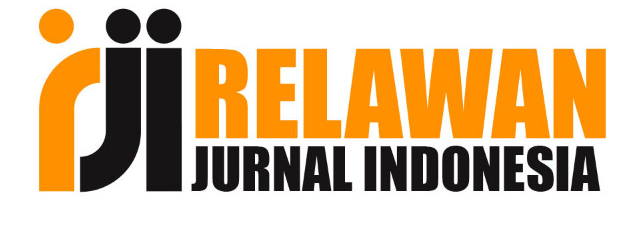Metode K-Means Clustering Dalam Merancang Strategi Promosi Penerimaan Mahasiswa Baru Pada STIE Serelo Lahat
DOI:
https://doi.org/10.36982/jiig.v12i2.2191Abstract
New Student Admission at STIE Serelo Lahat is an annual activity carried out by STIE Serelo Lahat. A marketing strategy with several promotions is carried out as an initial activity to get new students. Marketing strategies are always evolving from year to year by analyzing student data from new student registrations to accepted students stated and used as the basis for analyzing targeted and accurate marketing strategies. Cluster formation is one of the techniques used in extracting the trend pattern of a data. K-Means Clustering is able to find and group data that has characteristics (similarities) between one data and other data and different data in different groups will show unstructured data groups becoming structured. This study applies the K-Means Clustering Method in designing a promotion strategy for new student admissions at STIE Serelo Lahat based on new student registration data analyzed by the clustering method using the K-Means algorithm so as to produce K-Means group information into three parts with variable values that different so that information is obtained that most of the choices of students in the Management Study Program originating from the Lahat District in Domination are from Private SMA / MA and from East Kikim District originating from Private Vocational Schools and the most registration is in the Second Wave. Furthermore, designing a marketing promotion strategy for New Student Admissions at STIE Serelo Lahat can be determined by using a minimal K-Means clustering approach. This approach makes it possible to have a great opportunity to increase the number of new students at STIE Serelo Lahat.
Â
Keyword : K-Means Clustering, Information, Students Admission
References
Ediyanto., Mara, M. N., & Satyahadewi, N. (2013). Pengklasifikasian Karakteristik Dengan Metode K-Means Cluster Analysis. Buletin Ilmiah Mat.Stat dan Terapannya, 2 (2), 133-136.
http://dx.doi.org/10.26418/bbimst.v2i02.3033
Giyanto, H., & Subanar (2008). Penerapan Algoritma Clustering K-Means, K-Medoid dan gath-Geva untuk penjurusan siswa SMA : Studi kasus Penjurusan siswa SMAK Marsudi Luhur Yogyakarta. Universitas Gadjah Mada.
Han, J., & Kamber, M.(2001). Data Mining Concepts and Techniques Second Edition.
Michael J.A., Berry., & Gordon, S.S. (2004). Data Mining Techniques For Marketing, Sales, Customer Relationship Management, 2nd ed. Willey Publishing.
Narwati, N. (2010). Pengelompokan Mahasiswa Menggunakan Algoritma K-Means. Jurnal Dinamika Informatika, 2(2).
https://doi.org/10.35315/informatika.v2i2.890
Ong, J. O. (2013). Implementasi Algoritma K-Means Clustering Untuk Menentukan Strategi Marketing President University. Jurnal Ilmiah Teknik Industri, 12(1).
https://doi.org/10.23917/jiti.v12i1.651
Santosa, B. (2007). Data Mining : Teknik Pemanfaatan Data untuk Keperluan Bisnis. Yogyakarta : Graha Ilmu.
Setiawan, R. (2016). Penerapan Data Mining Menggunakan Algoritma K-Means Clustering Untuk Menentukan Strategi Promosi Mahasiswa Baru (Studi Kasus : Politeknik LP3I Jakarta). Jurnal Lentera ICT, 3(1), 76-92.
Yunita, F. (2018). Penerapan Data Mining Menggunkan Algoritma K-Means Clustring Pada Penerimaan Mahasiswa Baru. Jurnal Sistemasi Sistem Informasi, 7(3), 238 – 249.
Downloads
Published
How to Cite
Issue
Section
License

This work is licensed under a Creative Commons Attribution-ShareAlike 4.0 International License.










